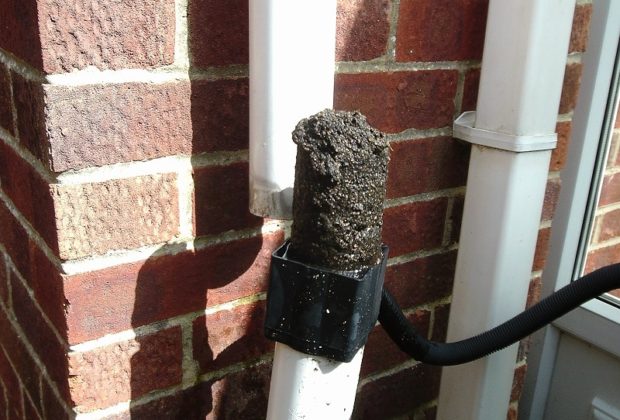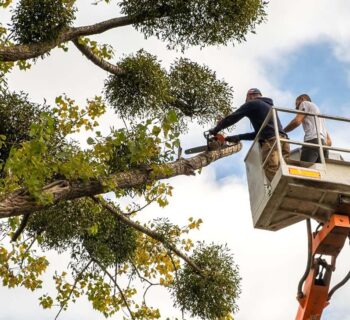The leaves do more than just sprout, grow, and change colours—they also fall to the ground, on your roof, and eventually, make their way into your gutters.
If the idea of climbing on to your roof, clawing gunk which includes soggy leaves, twigs, debris, and probably nests has you procrastinating this chore, you have to know that there’s more to it than being merely a time-consuming task.
Gutter & Downpipe Maintenance: Why It Matters
Regardless of the type of Australian home you own, gutters and downpipes make up part of your drainage system and their function is to channel water away from your roof and your property to prevent any leaks or other damage. However, foreign objects can end up in your gutters and the longer they stay, the less efficient your drainage system will function.
When left unaddressed for a long time, you run the risk of clogging your pipes, which may eventually cause damage to your property, including your roof, gutters, downpipes, landscaping, and even the structural integrity of your home. Excess water can also promote mould and mildew growth and attract pests, both of which are health hazards.
With all these said, when and how are you supposed to clean out your gutters and downpipes?
When: After a good rain is a great time to clean your gutters. It means the leaves and debris are sticking together, making it easier to clean and scoop them out.
How: For this task, you will need tools and materials including a stable ladder, plastic bucket, leaf scooper, hose, and plumber’s snake. Although they’re not compulsory, it’s nice to have these essentials.
Cleaning Your Gutters & Downpipes
How you would clean your gutters depends on whether they have dry or wet contents. For example, when the gutter contents are wet, the easiest way to take them out is by using the scoop and drop method.
Here, all you have to do is scoop out the contents and drop them onto a plastic tarp laid on the ground below. Any material would do, as long as it’s wide enough to collect the falling debris. You can move the tarp along the ground as you move the ladder and when it gets full, you can just dump the waste into the rubbish bin or your compost pin.
Another way to remove the wet debris is by having a bucket hooked onto the edge of the gutter. Scoop out the debris from the gutter and dump them straight into the bucket. The only downside to this method is that you may have to climb up and down the ladder more often to empty it.
If, on the other hand, the gutter contents are dry, it’s better that you clean out and collect the debris by having a large rubbish bag with you. This is where you’d dump all the dry leaves and twigs—and because they are bulky but light, you’ll not have to worry about it getting heavy in a short while.
Moving onto your downpipes, you can remove the debris collecting within by running pressure water through the pipe. This can potentially worsen the blockage and may not work for pipes with serious clogging.
So, another way to clean your drains is to dismantle the downpipe and dislodge any accumulated debris by hand. Make sure to take off the bends—this is where the blockages usually occur. You can also try using a plumber’s snake to drill through the blockage.
You can skip these steps altogether and let your gutter repair Sydney roofing contractor do the job. You not only save yourself from the strenuous task, but you can also guarantee that the job will be carried out safely and efficiently. Another benefit of working with a professional is that they would also be able to assess your roofing system and address any issues before they get worse.
Contact your local roofing contractor today!
Did you find this article helpful? Share your thoughts by leaving a comment.


















